On Remembrance Day, most of us across North America stop to honour those who fought and died in the World Wars. Maybe you have an ancestor who didn’t come home from the war or who did and has shared his memories with you. Maybe you have a family member or friend who is currently in the military, whether involved in conflict around the world or not.
Reflecting on the past can help give us perspective on recent world events. Here are some resources to help you remember and reflect this Remembrance Day.
“Those who cannot remember the past are condemned to repeat it.” ~ George Santayana
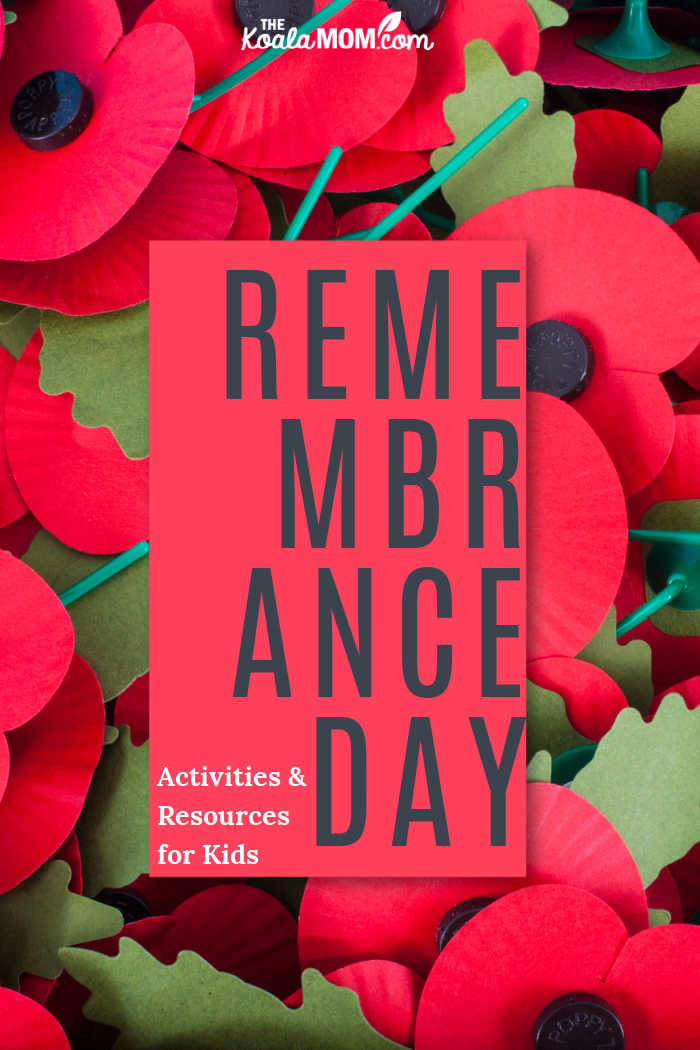
This post contains affiliate links; as an Amazon Associate, I earn from qualifying purchases.
If you are celebrating Remembrance Day in Vancouver, check out:
Here are some reading recommendations for Remembrance Day:
- How Italy Helped Jewish Refugees in World War 2 (adult nonfiction)
- The Boy in the Striped Pyjamas by John Boyne (young adult fiction)
- Books for Kids about Remembrance Day (organized by age)
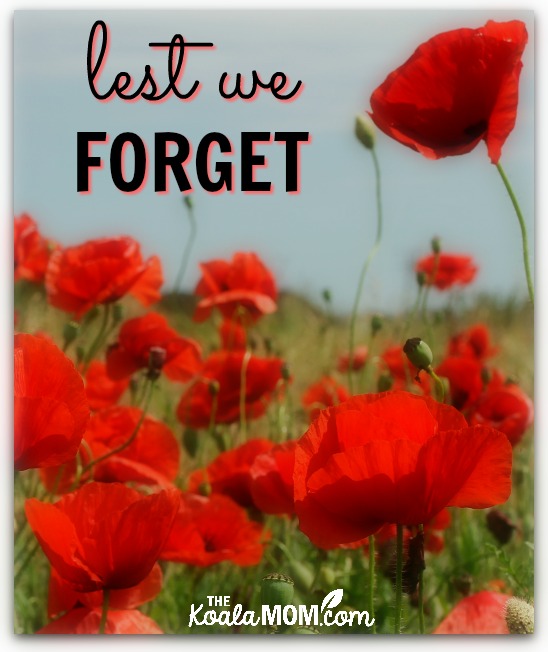
Teaching Children about Remembrance Day
Sunshine loves November. It’s the month when everyone wears red flowers and as soon as she sees the poppies in stores, she starts asking me to get her one for her coat. Trying to explain to her why we wear the poppies during November is a little bit harder. War is an abstract concept and the reasons for both World Wars have kept more than a few historians busy. (I remember trying to do a report on the subject in one university history class—to say “it’s complicated” is simplifying things).
Here are a few ideas to explain Remembrance Day for children.
Visit Local War Monuments
We’re regulars at Fort Rodd Hill, which was built during the Boer War and served through both World Wars. I like the fact that we can drop in for a few dollars at a time, let the girls run around and look at the guns and batteries and bunkers, and explain a little bit each time. Someday, it will mean more to them, and sometimes I stumble over simplifying the explanations in a way that they can understand, but I like knowing that they at least have an idea about what went on here years ago.
If your town doesn’t have a specific war museum or monument, they may have a small display at the local museum, especially during November. The monument may also be something simple; in downtown Victoria, there’s a metal statue of a sailor returning home, which is also a chance to spark conversation with the children about who he is and what’s happening.

While it’s not possible to visit some war monuments in person, you can travel vicariously through others! See if there are virtual tours of the monument you wish to visit or look for others who have shared their stories. Capturing the Charmed Life has a great post about their visit to Ypres.
Share Family Stories
If you have a friend or family member who served in the military or is currently serving, this month is a great time to get out the photos and tell their stories. My great-uncle on my father’s side fought in Italy during World War II. Every November I wish once again that I had asked him for more of his stories. My brother is currently serving in the military, so this is also a chance to talk to Sunshine and Lily about what their uncle does and why that’s important.
Earlier this year, my cousin Alyssa had the chance to spend six weeks touring around France. While there, she explored several war memorials and looked up the grave of a great-uncle (my mother’s side) who fought and died in the war. I asked her to share some of her pictures and thoughts on that experience.
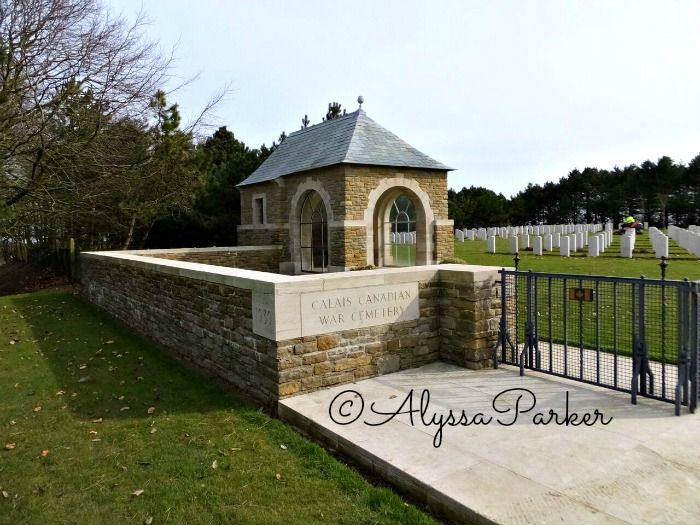
While driving through the countryside, I realized there are small war cemeteries all over—I’d look over and see a field, and in the middle of the field, a small block of white crosses. It made me realize that this was where there were battles and people died and were buried more or less where they died.
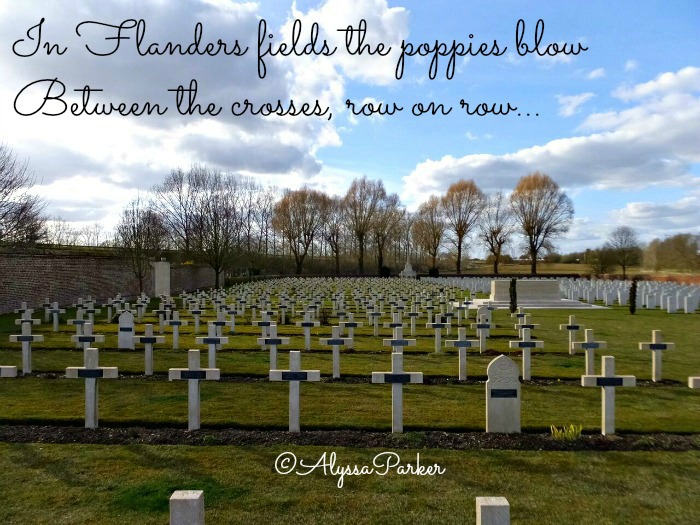
When visiting the cemeteries, I noticed the ages on the headstones were all so young—I don’t recall seeing any soldier over the age of 30, and most were under 25 years old when they died.
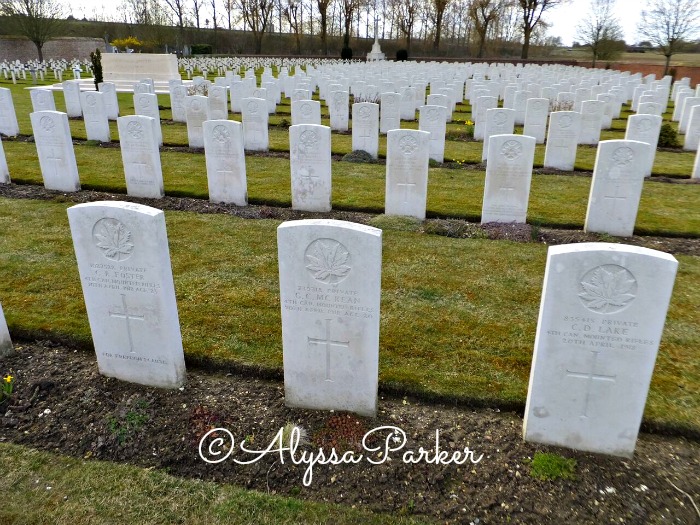
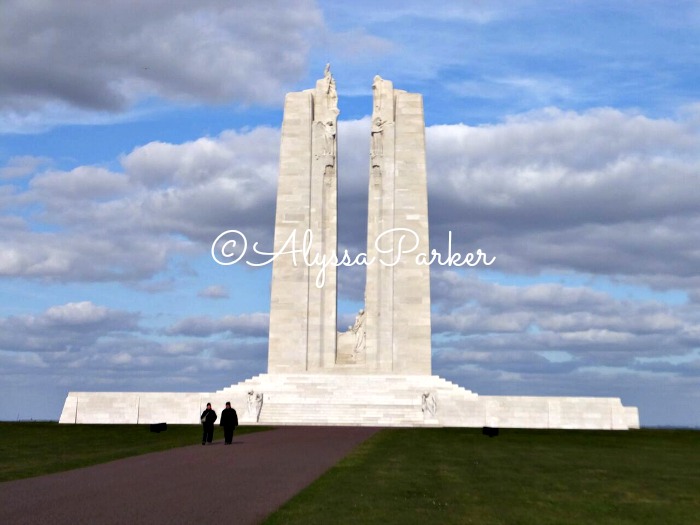
At Vimy Memorial, seeing the terrain—all hummocks and swales—I realized that this was not a natural landscape feature: these were the remains of trenches and mortar shell holes.
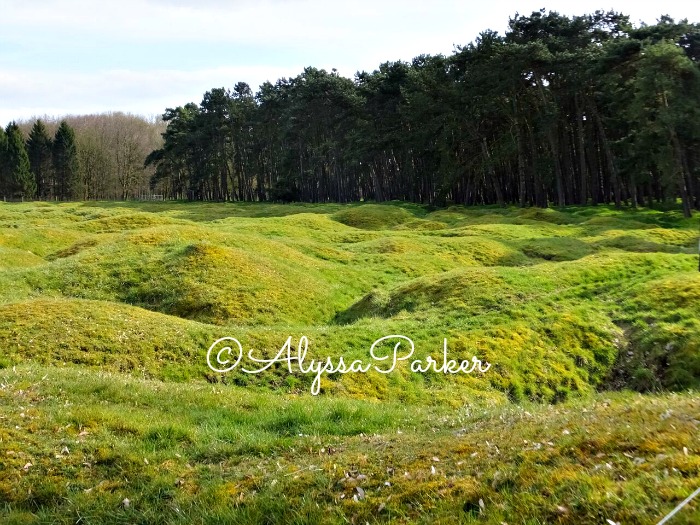
Still visible today, even after years and years of weathering (which is what has smoothed them and made it difficult to see where the trenches were), this landscape remains a reminder of the battles that went on there. There were also signs warning to stay out of these areas, as there could still be unexploded ordnance there.

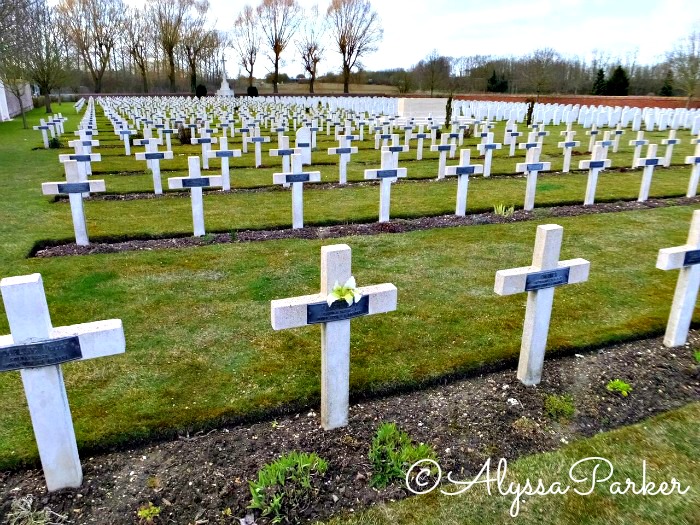
Read War Stories Together
Here are a few books that may interest your children and help explain the significance of this month (affiliate links):
- A Bear in War by Stephanie Innes and Harry Endrulat
- A Poppy is to Remember by Heather Patterson
Some other excellent books also explore topics related to war, like:
Crafts and Colouring Pages
Here are some crafts and colouring pages that can help children think about Remembrance Day:
- Make your own red felt poppies (with better pins so they actually stay on your child’s coat!)
- Make coffee filter poppies
- Or use a paper plate to make a poppy
- Make a handprint construction paper wreath
- Download the Take Time to Remember brochure to complete with your children
Jen suggests, “Prepare an exhibit of war memorabilia with your children. You can use newspaper clippings, old articles from the internet, photographs and more. Try finding documentation of people from your community [or friends or family] that served in the Military.” For more ideas, drop by her blog.
DLTK has some great posters and colouring pages for kids. Veterans Affairs Canada also has craft and activity ideas and lessons plans for kids ages 5 to 18.
Lisa says, “Trying to explain the reality being much grimier [than a video game] is hard to do, and teaching them to be thankful for the work that was done long before they were born is challenging.” She also has a huge list of resources for teaching children “lest we forget.”
What do you do to recognize Remembrance Day with your children?

No Responses Yet